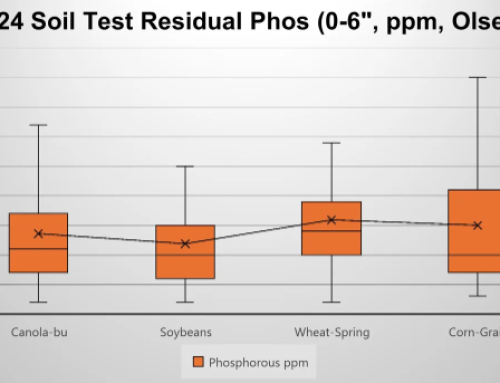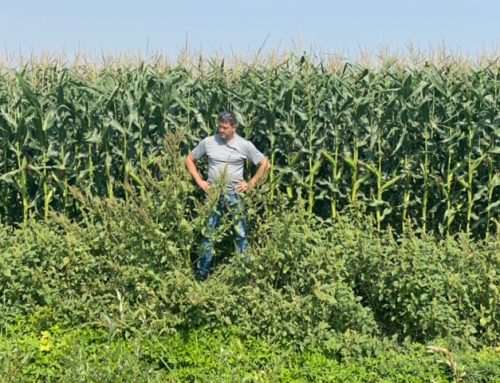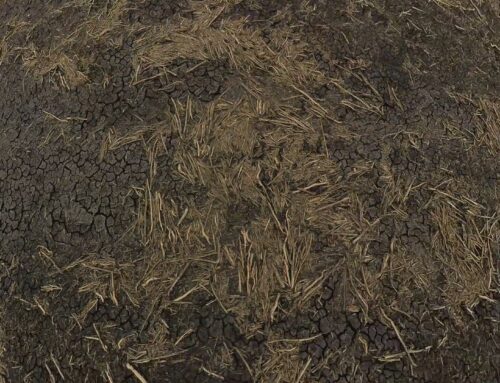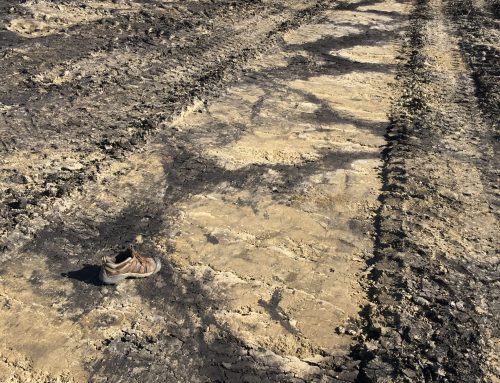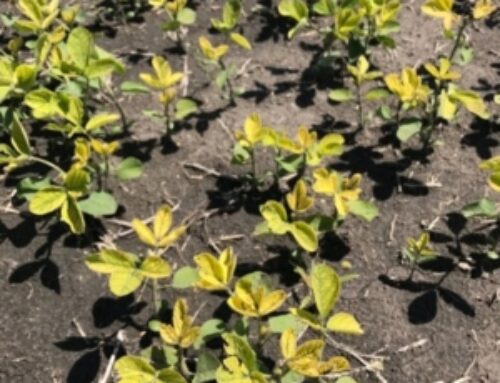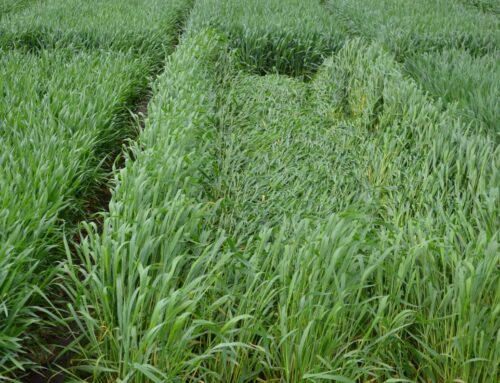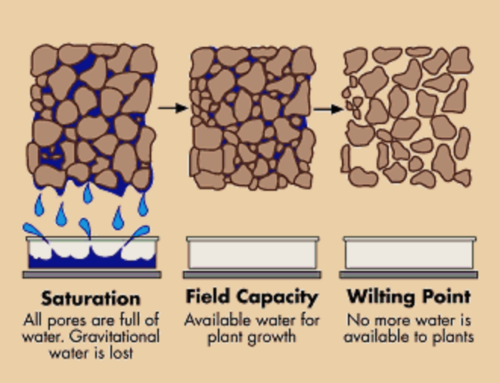Think something odd may be happening in your canola? You’re not the only one.
In my 25 years as an agronomist I have never seen a year like this one, with a late flood and late seeding overall. We’re walking some canola fields that have been in the ground since the last week of May and others that were planted just over a week ago.
Some fields look awesome while others look much worse… In many fields, the canola seemed to come out of the ground alright, but it wasn’t alright.
Canola is hard enough to keep alive for the first month of its life without additional challenges (like the late seeding) added on top. The usual problems include early spring frost, flea beetle pressure, dry soils, and crusting, but for whatever reason something is just off in some canola fields this year. As the canola emerged, producers and agronomists alike noticed that it seemed to just.. sit there. It didn’t seem to have the same vigor to keep growing as one would expect, and some plants even showed an off-green colour and/or deformed cotyledons.
This is not what anyone expected from late-May/early-June planting, especially since this is not the first time canola has been seeded late.
It has been a real puzzle trying to figure out what caused this sad-looking canola, and to date it is not yet clear if these issues are tied to a particular variety, seedlot, or seed treatment.
There are many variables at play here, so let’s look at a few…
1. A large rain event: Many canola fields received excessive rain fall this spring, up to as much as 2-4”s. This resulted in excessive crusting that made it more challenging for canola to push through the soil post-germination.
2. Flea beetle pressure: There was heavy flea beetle pressure in many areas this year. Normally, once canola gets to the 3 or 4-leaf stage it can typically outpace the flea beetles. This year, the canola couldn’t seem to get ahead of these pests for some reason. Some fields were sprayed 3-4 times just to give the canola a fighting chance. We are still scratching our heads trying to figure out if there wasn’t something else holding the canola back, besides flea beetles and crusting…
3. Herbicide carryover: With the drought last year, we are potentially facing some herbicide residues that would have no problem breaking down in a normal year. Many herbicides are broken down by microbial activity which was below normal last year which leaves the question, are herbicide residues to blame for slow canola this spring?
4. Poor vigor or poor germination? With the dry conditions last year, many fields that had been grown for seed were negatively affected. Dry conditions result not only in reduced yields but also in smaller, drier seeds. This left many seed companies scrambling for new production sources, and it could have also resulted in the use of poorer quality seed to meet demand. Yes, seeds have to meet a minimum spec to be sold, but maybe the minimum is less than what we are used to…
5. Is it something else? Maybe one of the most plausible theories I have heard this spring as to why some fields are really struggling and why others are not, is that this is tied to how fast the canola emerged. With canola emerging in as little as 3 days, the theory is that the seed treatments did not have enough time to dissipate into the surrounding soil; the end result of this is that germinating canola sucked up too much of the applied seed treatment. This would help explain the misshapen leaves and slow plant growth.
What we do know is the canola seems to be pulling out of this state and adding new leaves, finally. Unfortunately, this is not the year for plants to have a slow/rocky start, and it isn’t likely that the canola will have a stellar chance at making up for lost ground. In a year where we needed the crops to get up and get growing, many fields are struggling.
Coupling this issue is a shortage of herbicide ingredients, leaving us with a massive mess in some fields since many producers barely had enough herbicide for 1 pass at a regular rate. We’ve now had to choose between spraying early when the canola was small and spraying later when a percentage of weeds were getting out of stage. On one hand, weeds may be at the right size/stage for spraying in many fields, but at the same time it’s likely that they are not all up yet with a crop that is not offering much competition. On the other hand, waiting to spray might mean some weeds grow past the stage where herbicide application will be most effective. These factors have left many fields in disarray.
Poor performance overall has resulted in uncertainty for what to expect out of this crop going forward, although thankfully most canola fields are now past the stages of flea beetle damage and some timely rains have been beneficial for most over the past couple of weeks.

